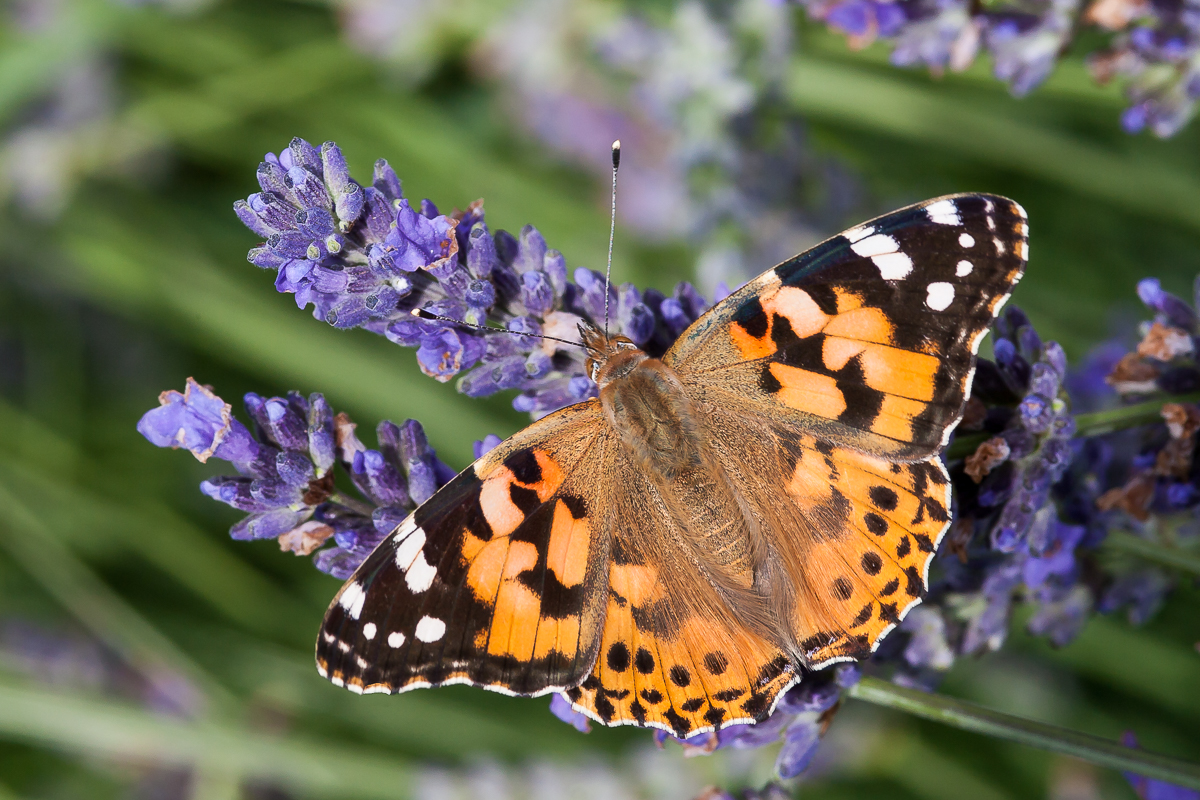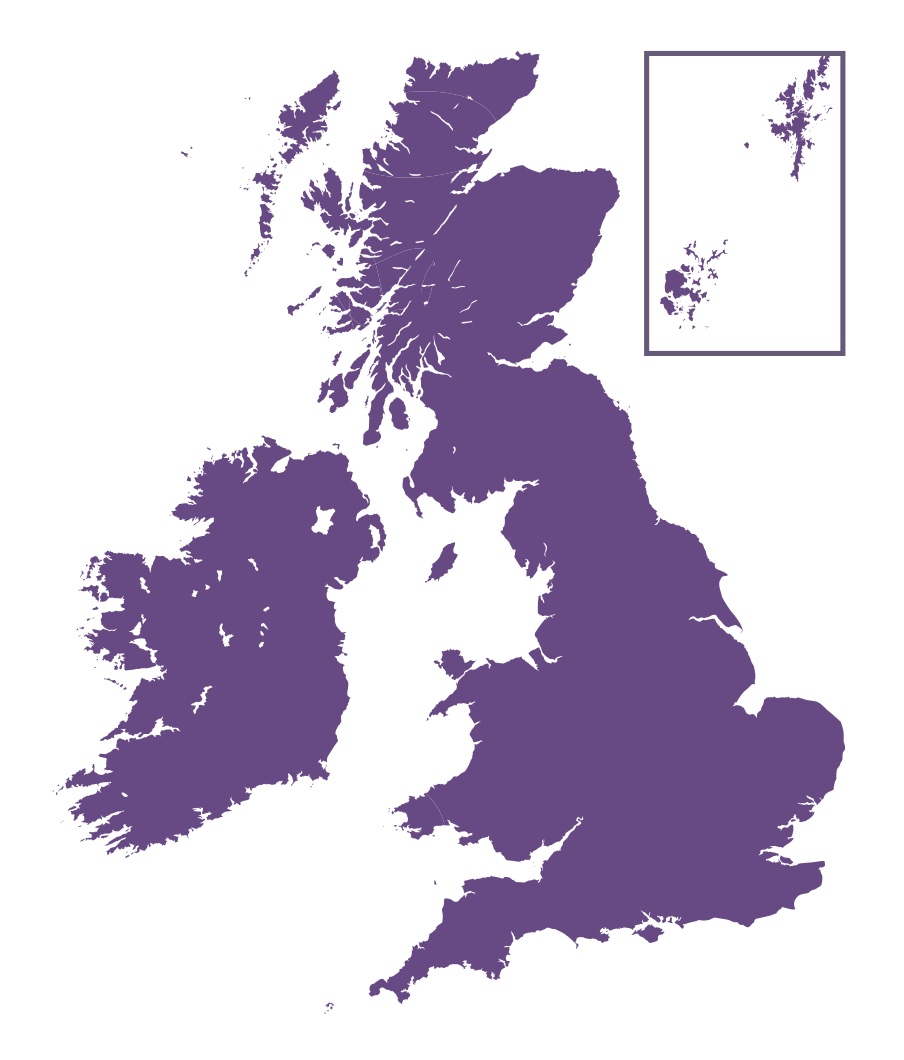
Photo © Peter Eeles
This species is a migrant to our shores and, in some years, the migration can be spectacular. The most-recent spectacle, in 2009, is considered to be one of the greatest migrations ever, with sightings from all over the British Isles that are definitely on a par with previous cardui years.
This species originates from north Africa, and it has been suggested that the urge to migrate is triggered when an individual encounters a certain density of its own kind within a given area. This theory makes perfect sense, since this species can occur in high densities that result in foodplants being stripped bare on occasion with many larvae perishing as a result.
Unfortunately, this species is unable to survive our winter in any stage. This is a real shame, for not only does this species often arrive in large numbers, but is a welcome sight as it nectars in gardens throughout the British Isles in late summer. This butterfly has a strong flight and can be found anywhere in the British Isles, including Orkney and Shetland. An interesting fact is that this butterfly is the only butterfly species ever to have been recorded from Iceland.
A newly-emerged adult is flushed with a beautiful salmon-pink and is a most-beautiful insect. This colouring, however, fades rapidly with the passage of time - adults not only appear drab, but are occasionally missing various pieces of their wings, especially the apex of their forewings, no doubt the result of nectaring on plants such as Thistles and Brambles.

This butterfly can be found almost anywhere, from the seashore and town gardens, to the tops of the highest mountains. This is one of the few species that can breed in intensive farmland since even these sites typically contain a patch of Thistles, the primary foodplant of this species.
Adults feed primarily on thistles (Carduus spp. and Cirsium spp.). brambles (Rubus spp.), Buddleja (Buddleja spp.), Bugle (Ajuga reptans), Common Bird's-foot-trefoil (Lotus corniculatus), Common Fleabane (Pulicaria dysenterica), Devil's-bit Scabious (Succisa pratensis), hawkweeds (Hieracium spp.), heathers (Calluna and Erica spp.), Hemp-agrimony (Eupatorium cannabinum), Ivy (Hedera spp.), knapweeds (Centaurea spp.), ragworts (Jacobaea spp.), Red Clover (Trifolium pratense), Wild Marjoram (Origanum vulgare) and Wild Privet (Ligustrum vulgare) are also used.
The primary larval foodplant is thistles (Carduus spp. and Cirsium spp.). burdocks (Arctium spp.), Common Nettle (Urtica dioica), mallows (Malva spp.) and Viper's-bugloss (Echium vulgare) are also used.
